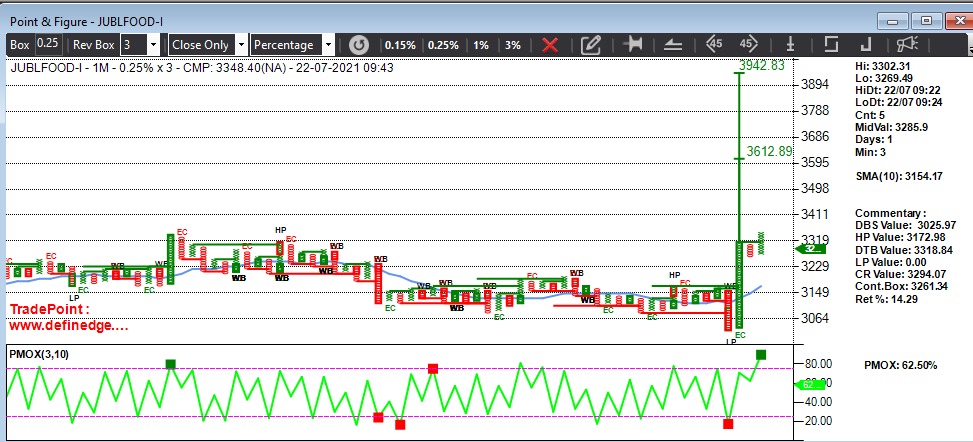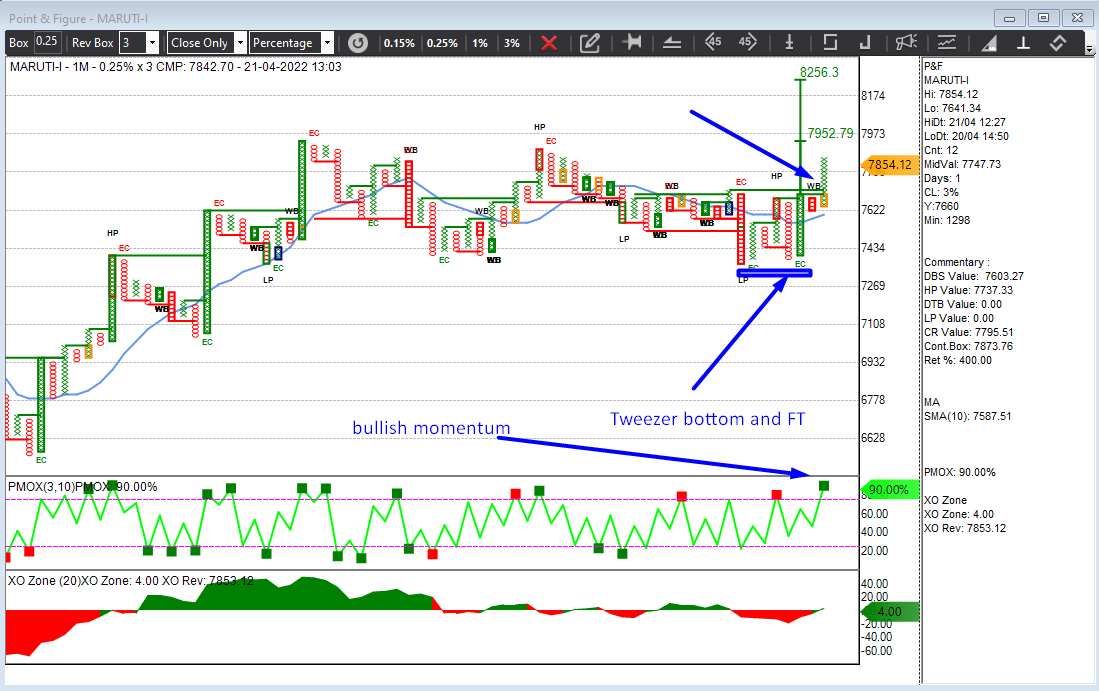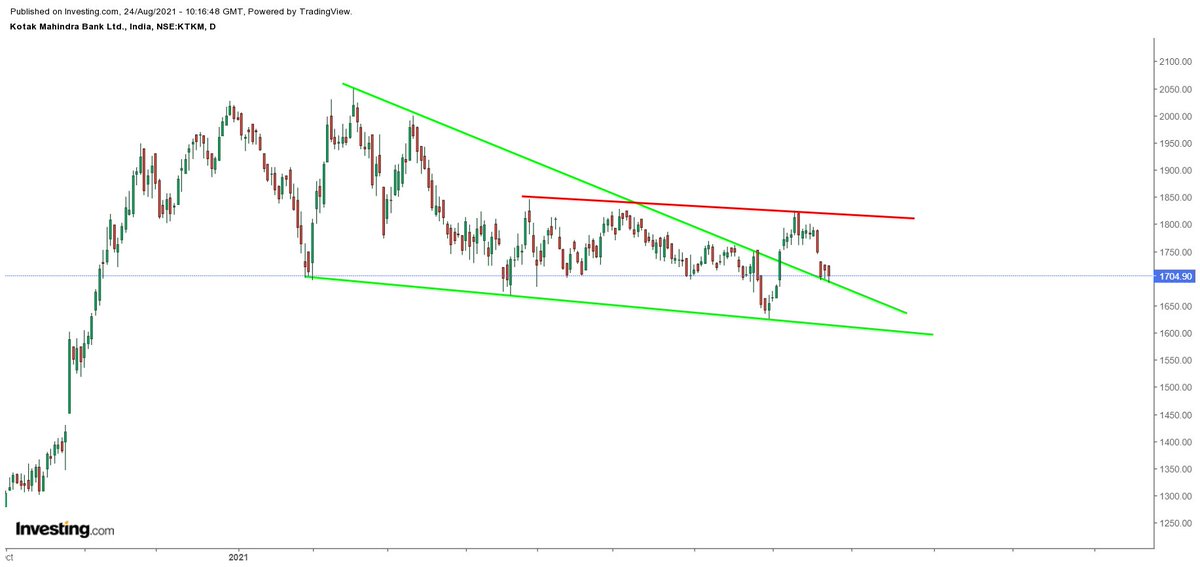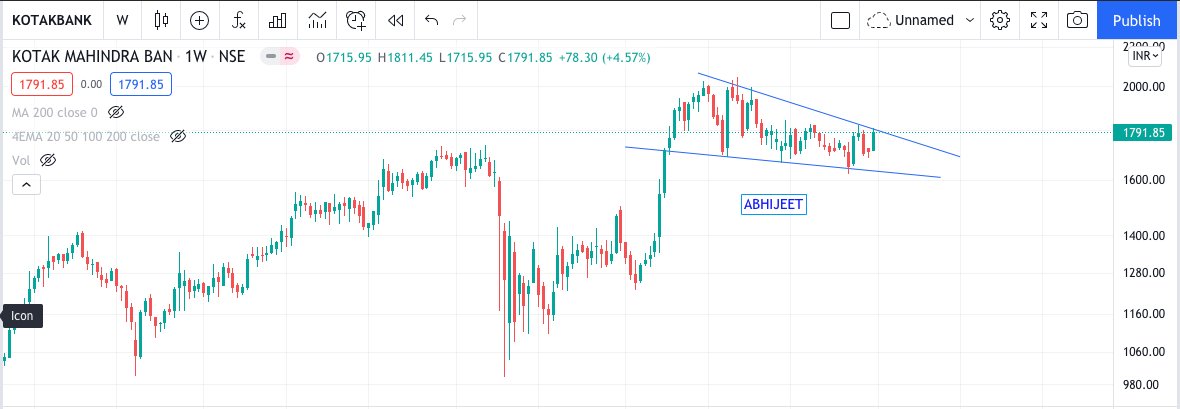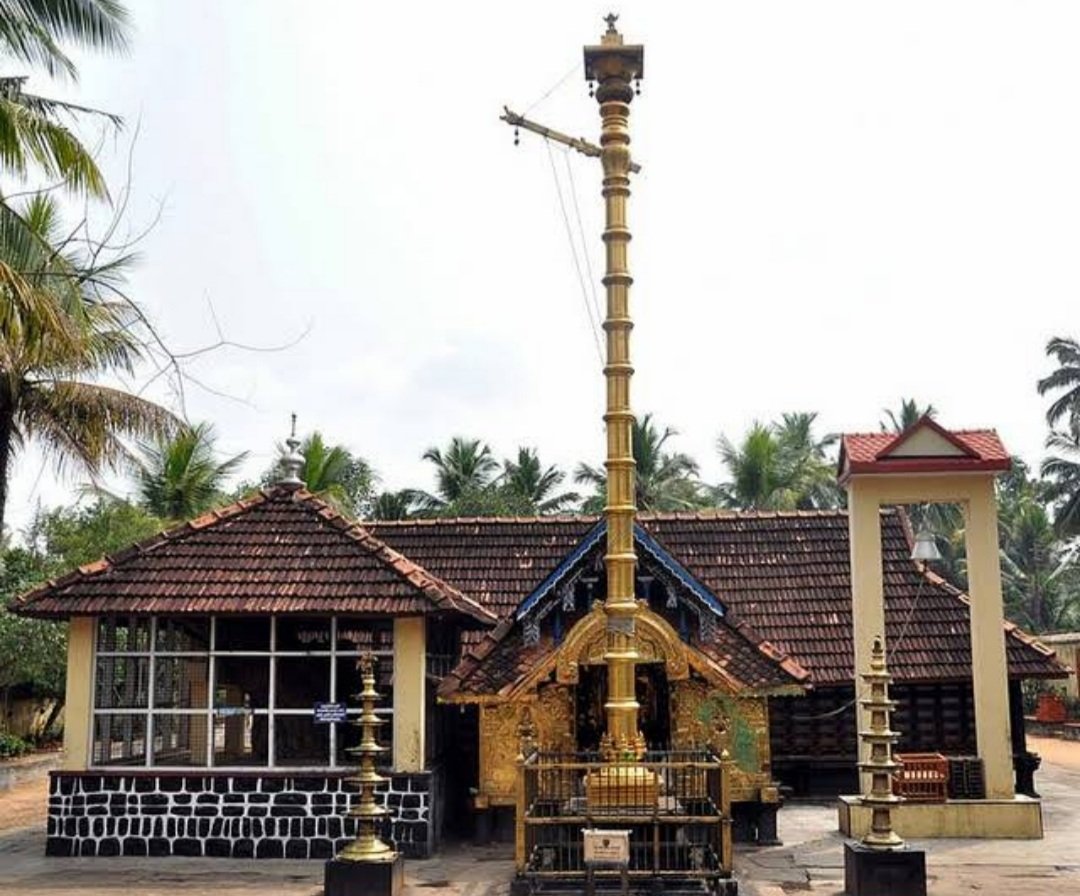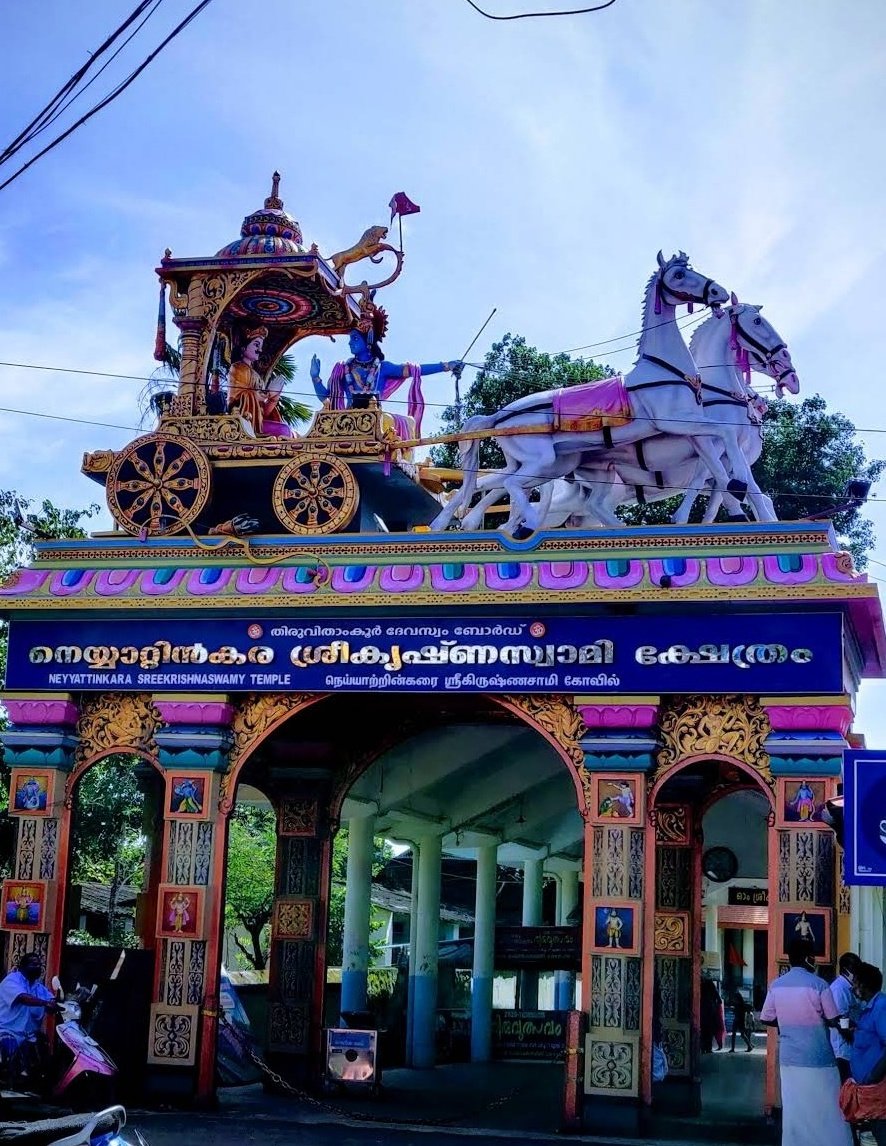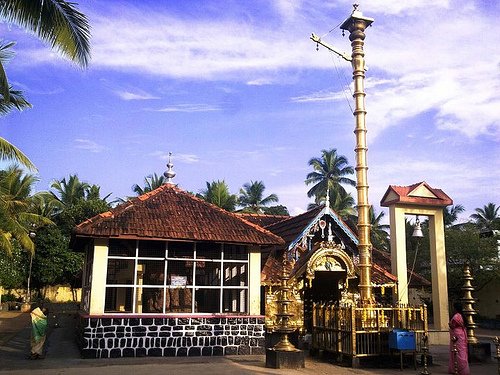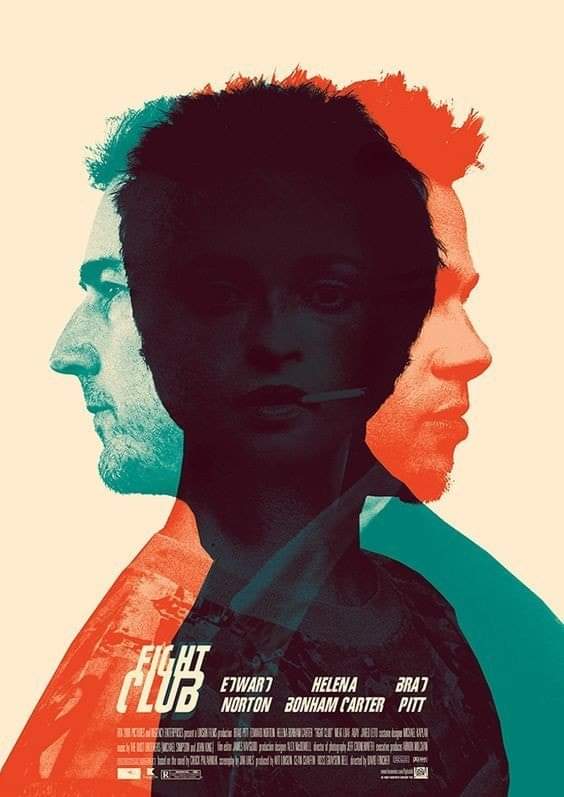#Kotakbank futures - some signs of breakout https://t.co/y7Uuv1W7OV
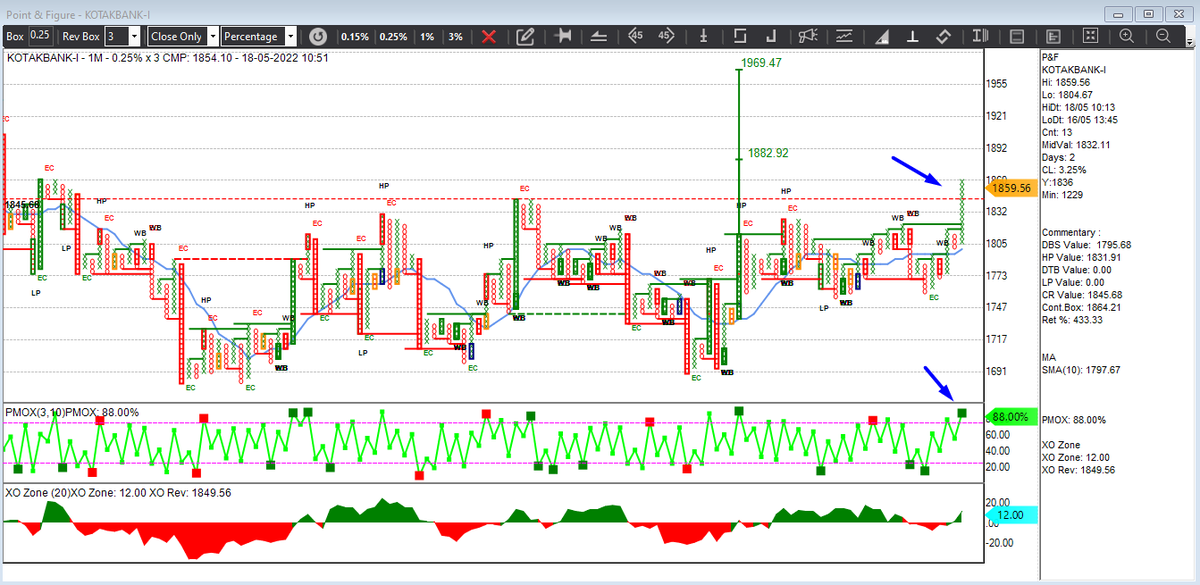
#Kotakbank - something is cooking - A study from various angles
— DTBhat (@dtbhat) May 17, 2022
1) On candlestick charts - closed above 20days high #20BarHighScanner pic.twitter.com/Vk35egaDLO
More from DTBhat
#TVSMOTOR futures - new counts opened. Earlier count of 795 reached !!!!!!
100+ points done and counting
@ctrameshraja sir you had nudged me on this below 700 https://t.co/lMPqvWLLUm

100+ points done and counting
@ctrameshraja sir you had nudged me on this below 700 https://t.co/lMPqvWLLUm

#FusionMatrix - top three outperforming stocks are from Auto Sector. @shivaji_1983 we discussed this today#MNM (M&M)#TVSMOTOR#ASHOKLEY https://t.co/n6J2oKT4aO pic.twitter.com/iOxKEveBSn
— DTBhat (@dtbhat) June 23, 2022



